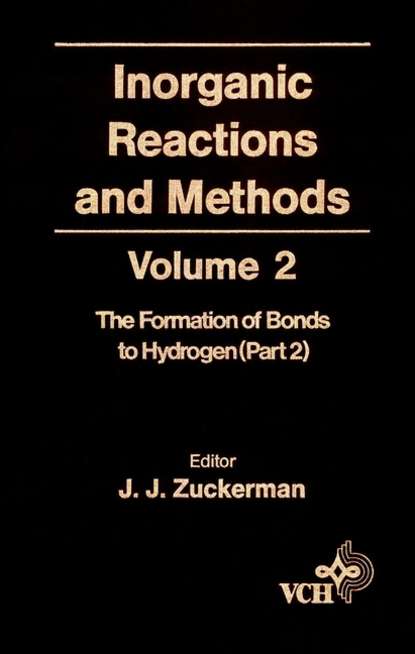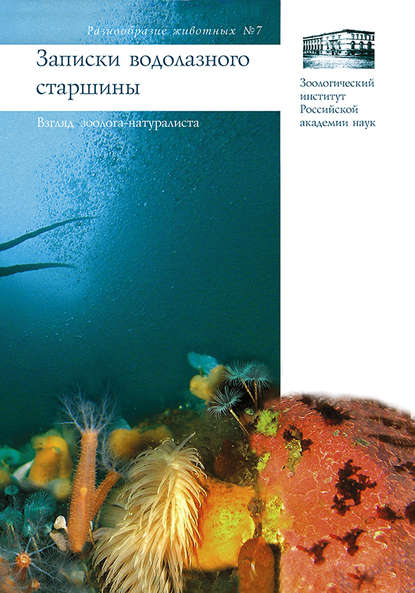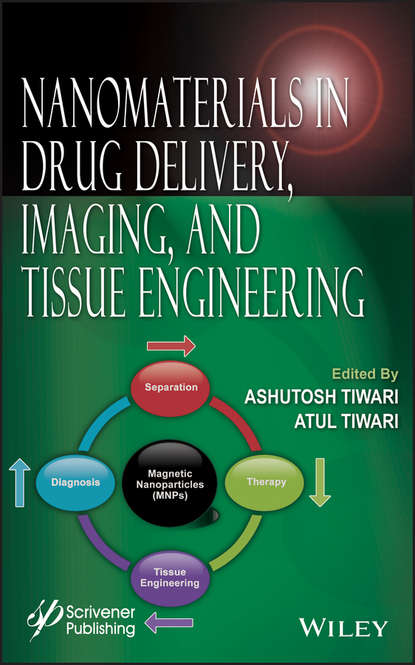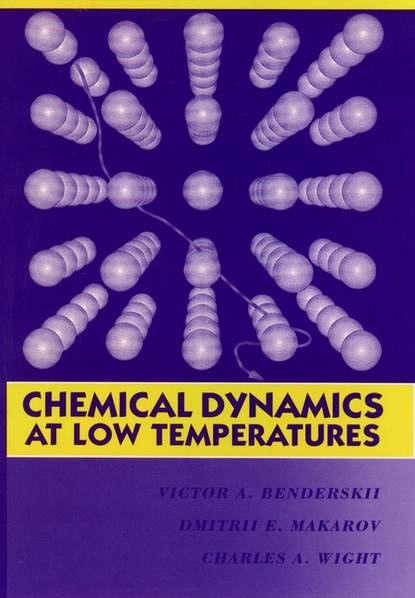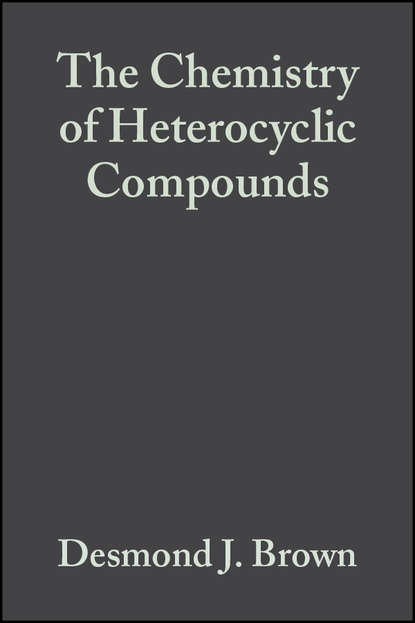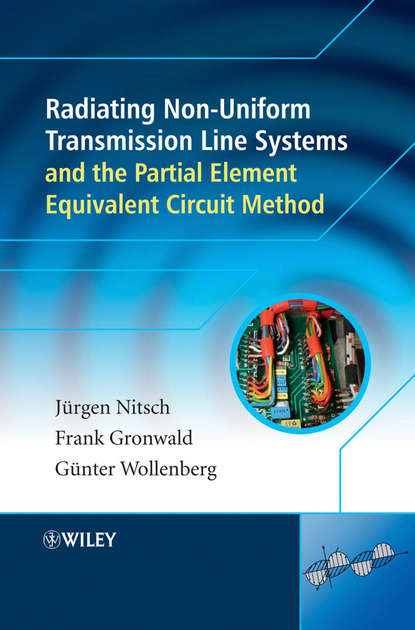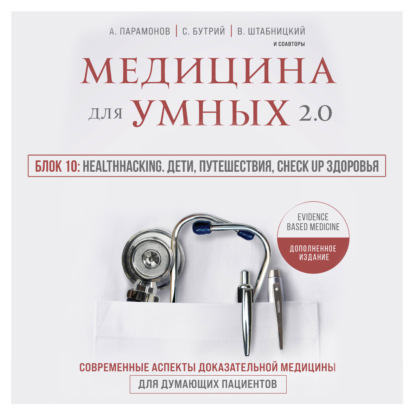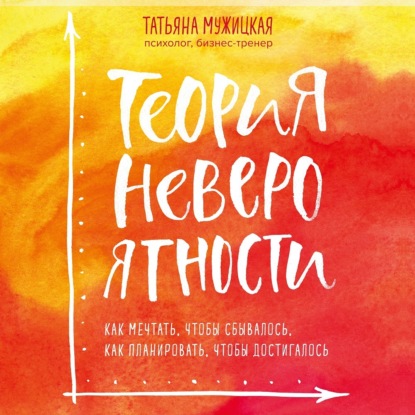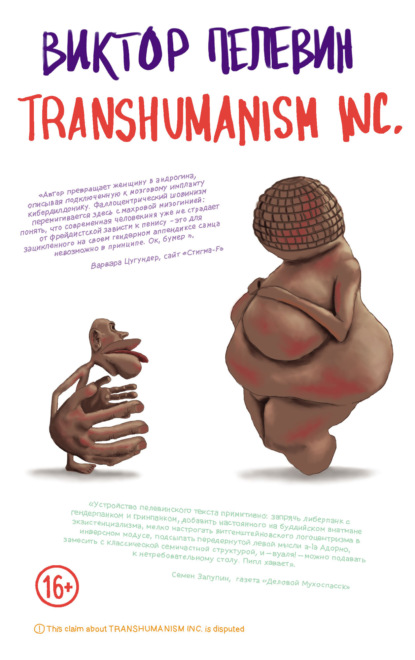Книга “Inorganic Reactions and Methods. The Formation of Bonds to Hydrogen” автора A.Hagen P - это первая работа, в которой дисциплина современной неорганической химии систематизирована в соответствии с планом, разработанным советом редакторов и консультантов, среди которых три Нобелевские лауреата (Э.О. Фишер, Х. Таубе и Г. Уилкинсон). Вместо создания коллекции несвязанных обзорных статей, серия создает структуру, которая отражает творческий потенциал этой научной дисциплины. Таким образом, она стимулирует дальнейшее развитие, выявляя области, которые плодовиты для дальнейших исследований. Работа индексируется уникальным способом с помощью структурированной системы, которая максимально полезна для читателя. Она дополняет организацию работы, предоставляя дополнительные маршруты доступа к конкретным соединениям, реакциям и другим темам.
For the first time, the discipline of inorganic chemistry, is systematized on the grounds of a plan worked out by an editorial advisory board consisting of three Nobel prize winners (E. O. Fischer, E. Taube, and E. Wilkinson), whose structure promotes the creativity inherent in the scientific discipline and, hence, stimulates its future evolution by identifying areas on which further investigation is worthwhile. Its aim is enhanced by a systematic indexing system to maximize its utility to users. This is accomplished by offering additional routes to individual compounds, reactions, and subject matter.
Электронная Книга «Inorganic Reactions and Methods, The Formation of the Bond to Hydrogen (Part 2)» написана автором A. Hagen P. в году.
Минимальный возраст читателя: 0
Язык: Английский
ISBN: 9780470145371
Описание книги от A. Hagen P.
For the first time the discipline of modern inorganic chemistry has been systematized according to a plan constructed by a council of editorial advisors and consultants, among them three Nobel laureates (E.O. Fischer, H. Taube and G. Wilkinson). Rather than producing a collection of unrelated review articles, the series creates a framework which reflects the creative potential of this scientific discipline. Thus, it stimulates future development by identifiying areas which are fruitful for further research. The work is indexed in a unique way by a structured system which maximizes its usefulness to the reader. It augments the organization of the work by providing additional routes of access for specific compounds, reactions and other topics.
